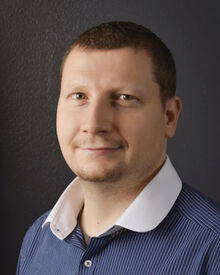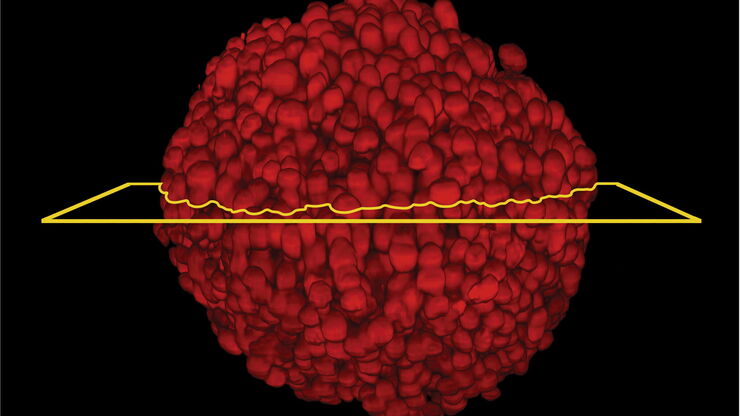Peter Horvath , Prof.

Peter Horvath is the Director of the Institute of Biochemistry, Biological Research Centre, BRC, Szeged, Hungary, and the High-Content Analysis Facility, HELMI, Helsinki, Finland. Furthermore, he is a group leader at BRC and was awarded a Finland Distinguished Professor Fellowship at the University of Helsinki (FIMM-EMBL). He is the co-founder of the European Cell-based Assays Interest Group (www.eucai.org), and served as a counsellor for the Society of Biomolecular Imaging and Informatics (www.sbi2.org). He has pioneered the analysis and single cell-based phenotyping of high-content screens for which he developed outstanding image correction, segmentation and phenotyping methods. He has participated in data analysis of several of the first dozen whole human genome-wide siRNA screens. He has developed image-based analysis technologies to discover novel drug treatments for cancer patients. He has elaborated the algorithms which have led to the discovery of the role of the HDAC6 gene in and potential drug targets for influenza infection and has developed methods that precisely localize the role of drugs and genes involved in influenza infection. In general, his groups focus on finding computational solutions to biological problems, combining wet-lab and light microscopy with image analysis and machine learning. His scientific results have been published in high-impact journals such as Science, Cell, Nature Reviews Drug Discovery, Nature Methods, PNAS, eLife, EMBO Journal, Pattern Recognition. Today, he has published ~100 peer reviewed scientific articles, with an h-index of 35, cumulative impact factor of ~1000, and a total of ~5500 citations.
